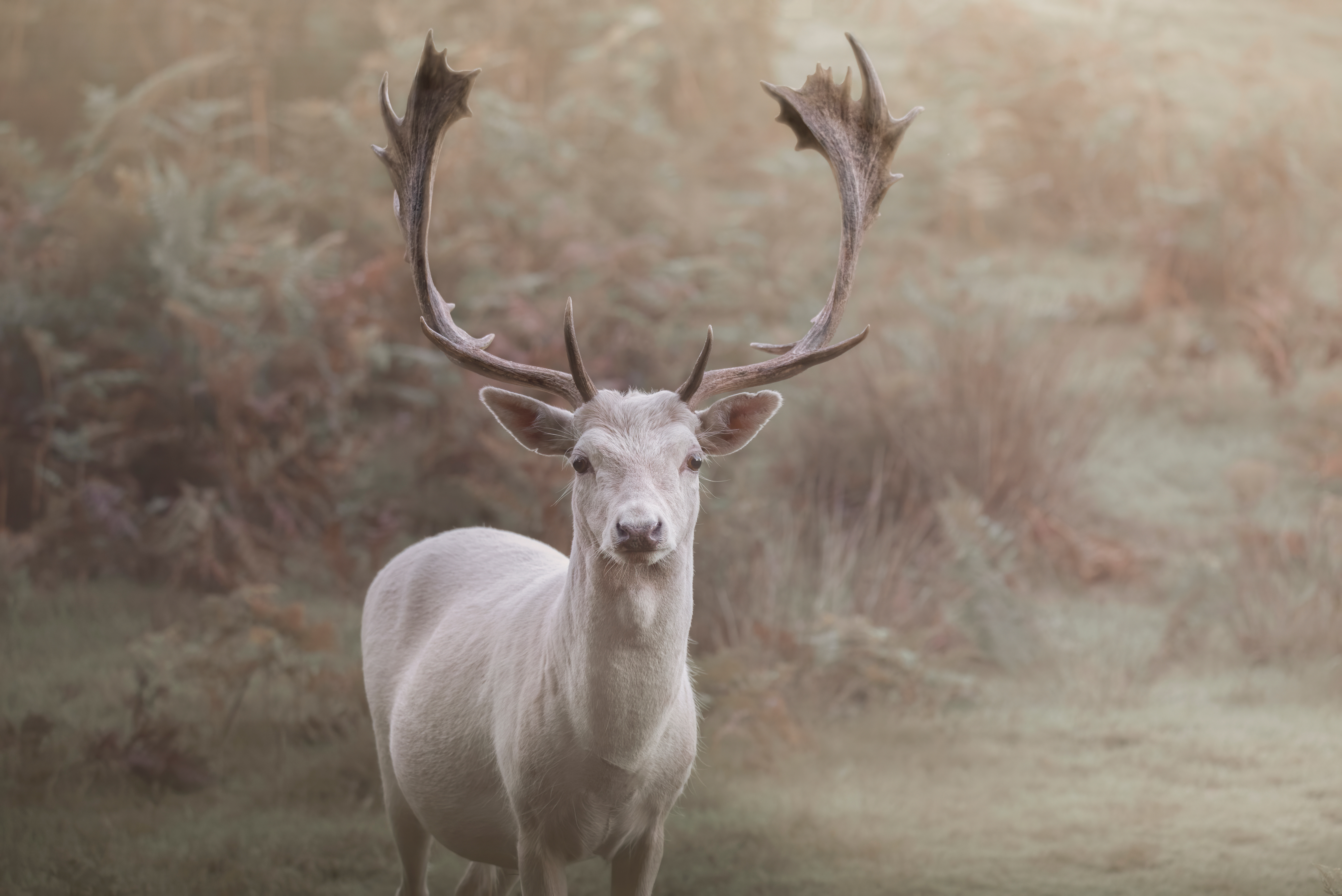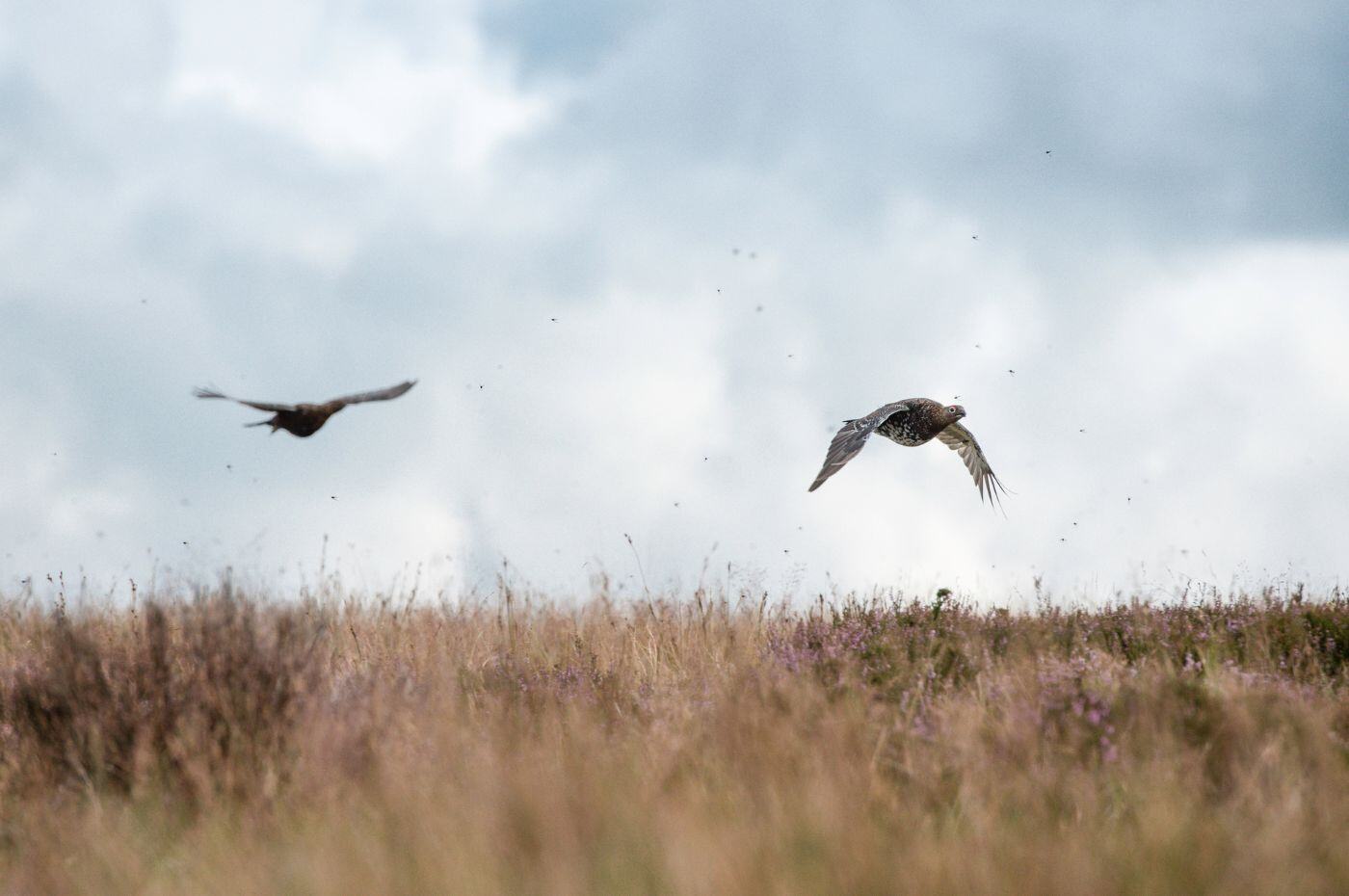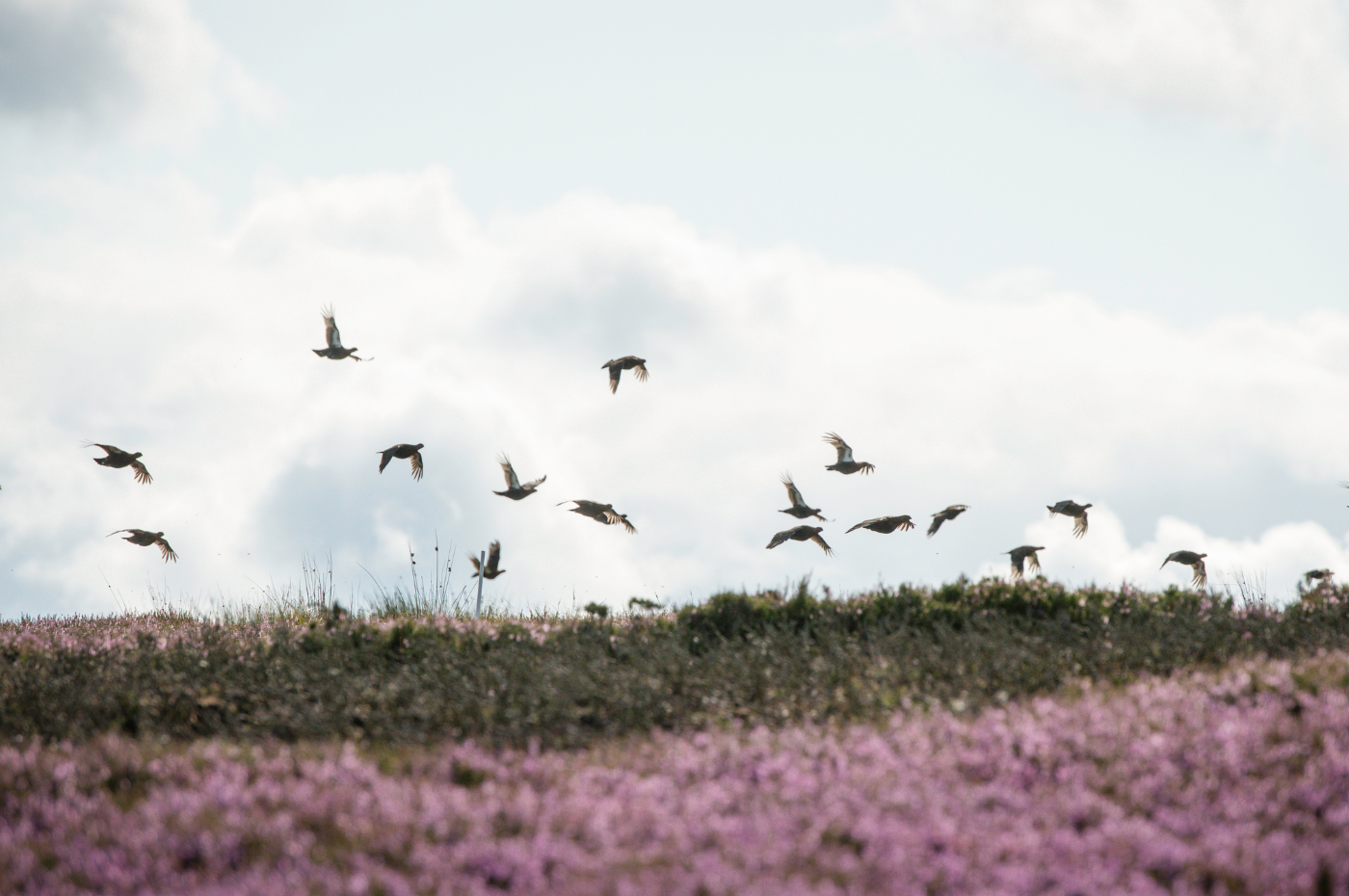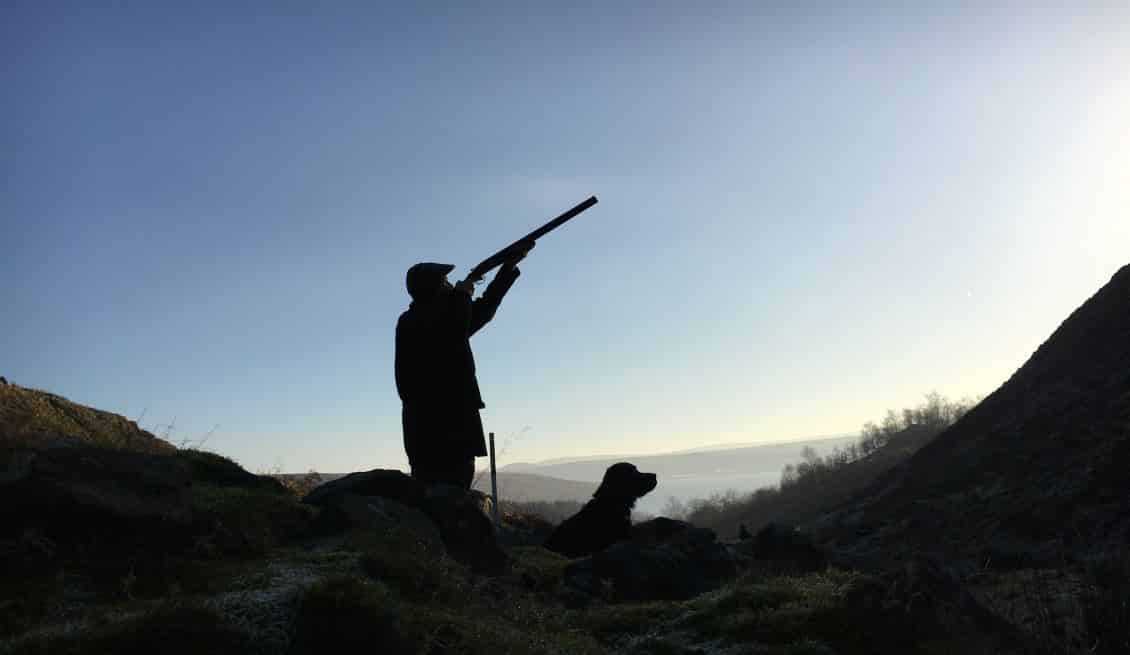Grouse shooting safe
Threats to shooting are coming thick and fast, but we are on the front foot,...
View Details
As feast days go, Christmas is the most significant to a majority of British families – even if Easter holds most importance to the more pious. As we gather to enjoy often boozy and indulgent days of mirth and bickering, my mind is usually focussed on the main meal of the day. Unlike some clans, we change things yearly depending on what game is readily at hand.
That I thumb my nose to the Norfolk bronze turkey each year is nothing to do with my Suffolk upbringing, but owes to my preference for more traditional and, quite frankly, tastier meats. The Norfolk bronze is itself a variety of the domesticated turkey, native to North America. But unlike our anglophone brethren across the pond, we do not have the wild turkey, from which the Norfolk Bronze is descended, wandering around our woods. I’d happily encourage people to put turkey on the table at Christmas if they had harvested the wild bird themselves, although the shooting method is not instantly recognisable to the average British pheasant shot. North Americans call the gobbler in with all manner of musical gizmos before shooting it on the ground at a range of 20-30 yards, with cartridges containing twice the weight of shot usually seen on these shores. But since that’s an impossibility, what else might we look to?
In Georgian to early Victorian times, before Charles Dickens popularised the turkey as a Christmas centrepiece, the most popular Christmas joints tended to be goose, beef, or venison accompanied by other game birds. Stepping a few generations before that, the roast meats adorning the top tables in great halls were usually boar’s head or venison – and if birds were served, they would more likely have been peacock or swan. So, as always, Christmas traditions have been a moveable feast.
One theme that goes all the way back to medieval times is the presence of game on the table at Christmas. This is not unusual in modern sporting families, but it is by no means ubiquitous. The Countryside Alliance is dedicated to promoting all the positive impacts of sustainable and responsible land management, one of which is the harvesting of game through shooting and stalking. By managing land for shooting and maintaining it with sustainable deer levels, the countryside sees huge environmental and biodiversity benefit: habitats are fostered and our rarest species are given the resources they need to thrive. In addition, country sports provide rural communities with jobs, wider economic benefits and a beautifully intangible cultural and community spirit. That is to say, game is good.
Last year it was a multi-bird roast of pheasant, mallard, and partridge, but this year I’ll be happily putting roast fallow buck haunch on the table on Christmas. It was a beautiful and healthy animal, however the pasture and woodland it had been grazing and browsing had been heavily impacted by the local fallow population. I won’t be going near the turkeys in Aldi or even the local butcher’s this December. My bandwagon is tastier, healthier and better for the countryside. I’d suggest having a look at what game is in your freezer and jumping on.

Threats to shooting are coming thick and fast, but we are on the front foot,...
View Details
"Moorland management has survived two world wars and commercial forestry, but...
View Details
The Prime Minister’s recent reshuffle of his government will have significant...
View Details